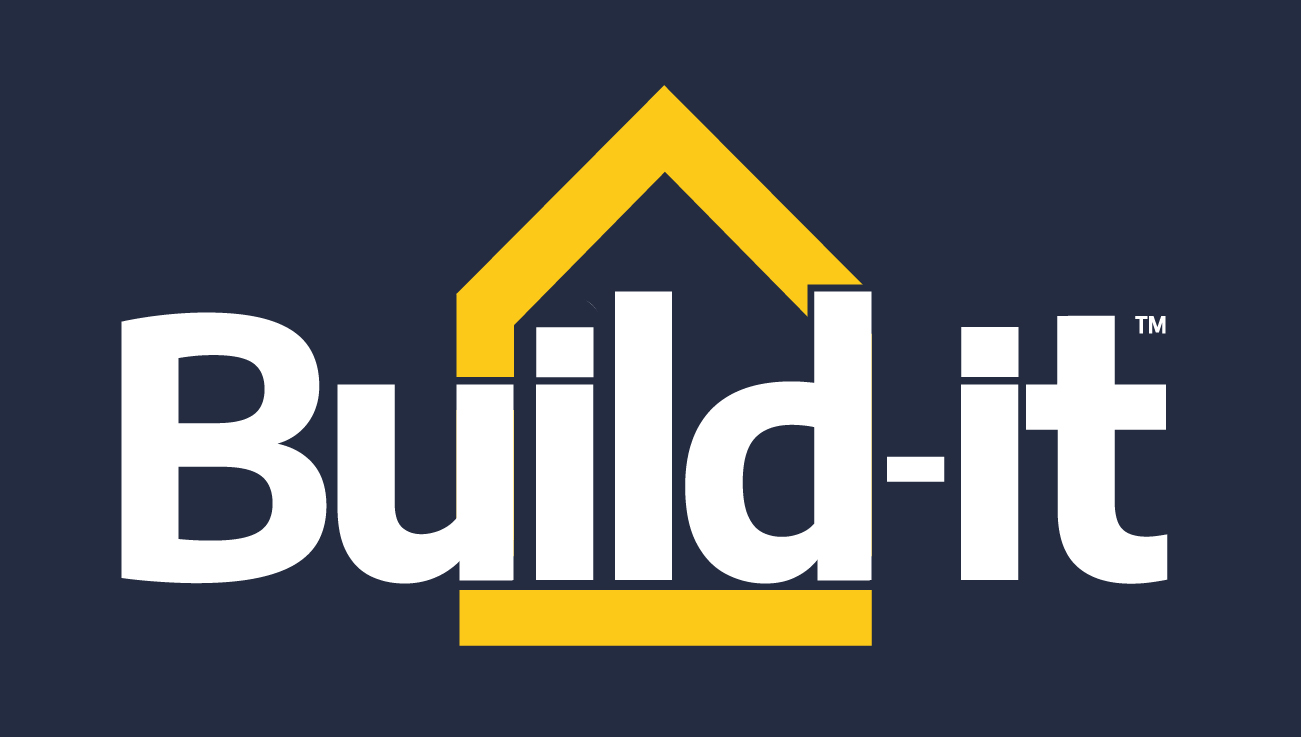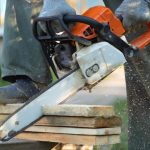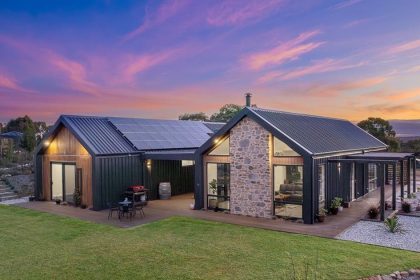Middle-aged homeowners are riding the competitive Aussie housing market to the bank as the median selling profit climbs towards $400k across the capital cities.
In what shouldn’t be news to anyone in today’s housing market, new research from property marketplace Domain revealed that Aussies are raking in huge gains from selling their properties.
Throughout the Aussie capitals (which are facing the biggest price hikes in the country), this average profit soared as high as a whopping $395,000 – more than doubling the average $163,000 profit made on their smaller, compact apartment counterparts.
If that isn’t already impressive enough, our two most expensive cities, Sydney and Canberra, clocked in even higher eye-watering average returns of $655,000 and $435,000, respectively.
But Domain’s Chief of Research and economics, Dr Nicola Powell, said these sky-high figures were in line with the exponential growth seen throughout the sector in the last few years.
Despite tough economic conditions and rising interest rates, Aussie property has posted an impressive six consecutive quarters of price gains and sent home prices soaring in the millions across the country.
The proportion of profit-making sales also climbed to their highest levels in more than a decade, with 96 per cent of houses and 90.7 per cent of units reselling for a profit last financial year.
But what does come as a surprise is that these numbers aren’t from Baby Boomers cashing in on their beachside property that they bought for $5k and a carton of beer back in the 1970s.
According to Domain chief of research and economics Nicola Powell, it appears Gen X and Millenials might have been handed down the property tycoon torch as they time the market perfectly to get the most bang for their buck.
“Interestingly, this group, typically in their late 30s to late 40s, has leveraged their established positions in the property ladder to capitalise on the recent price boom,” said Dr Powell.
However, not everyone was a winner. An unlucky average of four per cent of house sales and 9.3 per cent of units took a loss when selling, with the average amount coming in at $73,000.
Dr Powell said this was typically when a home was purchased just before a market correction.
“For example, purchasing at a market peak just before a correction means buyers are paying off a mortgage based on peak prices while experiencing slower equity growth,” she said.
“This situation may lead some sellers to accept a loss based on their individual circumstances, particularly under the current ‘higher for longer’ cash rate.”
Property is more valuable than ever
Going forward, stubborn inflation has the Reserve Bank of Australia warning interest rates may need to go higher, though economists predict the rates will stay put going into 2025.
Of Australia’s major banks, Commonwealth Bank of Australia is the only one predicting a late-2024 start to cuts, while ANZ and Westpac are forecasting a February 2025 start and May for National Australia Bank.
Despite the mortgage hikes seeing homeowners paying an extra $1500 on average on their loans, Dr Powell said that these “remarkable” profits make it clear just how valuable Aussie property is.
“We need to ensure that buying a home is affordable and accessible to everyone, as having an asset that increases in value can really help financial stability in the future,” she added.







